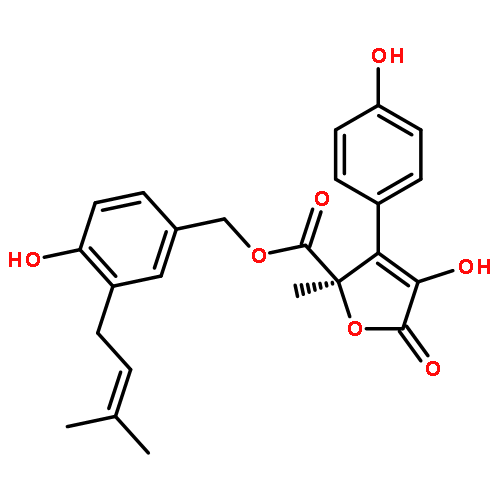Co-reporter: Johannes Rudolph, Yao Xiao, Arthur Pardi, and Natalie G. Ahn
pp: 22-31
Publication Date(Web):October 28, 2014
DOI: 10.1021/bi501101v
The mitogen-activated protein (MAP) kinase pathway is a target for anticancer therapy, validated using inhibitors of B-Raf and MAP kinase kinase (MKK) 1 and 2. Clinical outcomes show a high frequency of acquired resistance in patient tumors, involving upregulation of activity of the MAP kinase, extracellular signal-regulated kinase (ERK) 1 and 2. Thus, inhibitors for ERK1/2 are potentially important for targeted therapeutics against cancer. The structures and potencies of different ERK inhibitors have been published, but their kinetic mechanisms have not been characterized. Here we perform enzyme kinetic studies on six representative ERK inhibitors, with potencies varying from 100 pM to 20 μM. Compounds with significant biological activity (IC50 < 100 nM) that inhibit in the subnanomolar range (Vertex-11e and SCH772984) display slow-onset inhibition and represent the first inhibitors of ERK2 known to demonstrate slow dissociation rate constants (values of 0.2 and 1.1 h–1, respectively). Furthermore, we demonstrate using kinetic competition assays that Vertex-11e binds with differing affinities to ERK2 in its inactive, unphosphorylated and active, phosphorylated forms. Finally, two-dimensional heteronuclear multiple-quantum correlation nuclear magnetic resonance experiments reveal that distinct conformational states are formed in complexes of Vertex-11e with inactive and active ERK2. Importantly, two conformers interconvert in equilibrium in the active ERK2 apoenzyme, but Vertex-11e strongly shifts the equilibrium completely to one conformer. Thus, a high-affinity, slow dissociation inhibitor stabilizes different enzyme conformations depending on the activity state of ERK2 and reveals properties of conformational selection toward the active kinase.
